Adapting participatory epidemiology to estimate the incidence of human diseases in Moroto District, Karamoja, Uganda
Nutrition
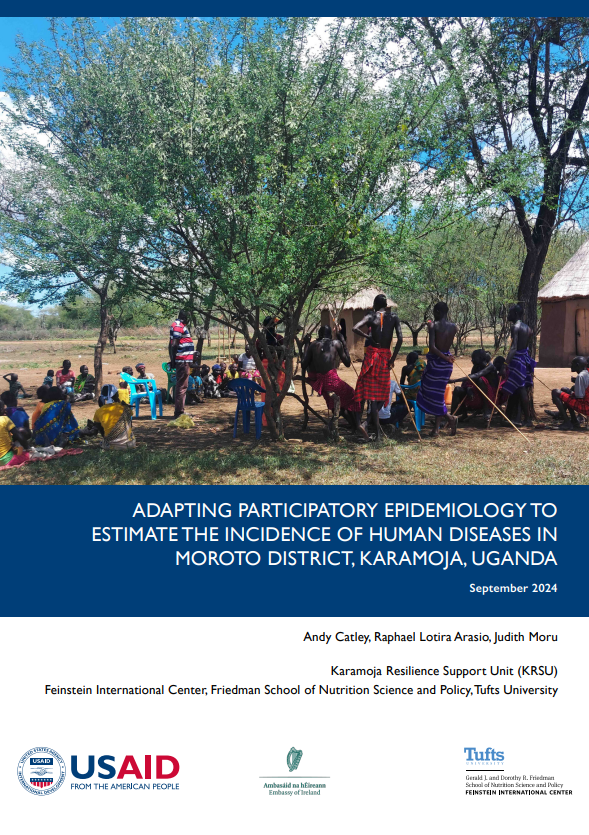
Adapting participatory epidemiology to estimate the incidence of human diseases in Moroto District, Karamoja, Uganda
This study explored the use of participatory epidemiology (PE) to estimate the annual incidences of human diseases in Karamoja, Uganda, with emphasis on diseases associated with water. Adapted PE methods were used successfully to estimate disease incidences in young children and adults, and revealed a rich knowledge on the clinical signs and causes of diseases. The report concludes that PE could be useful for overcoming some of the spatial limitations of the health surveillance system in Karamoja, and the temporal limitations of bi-annual food security and nutrition assessments.
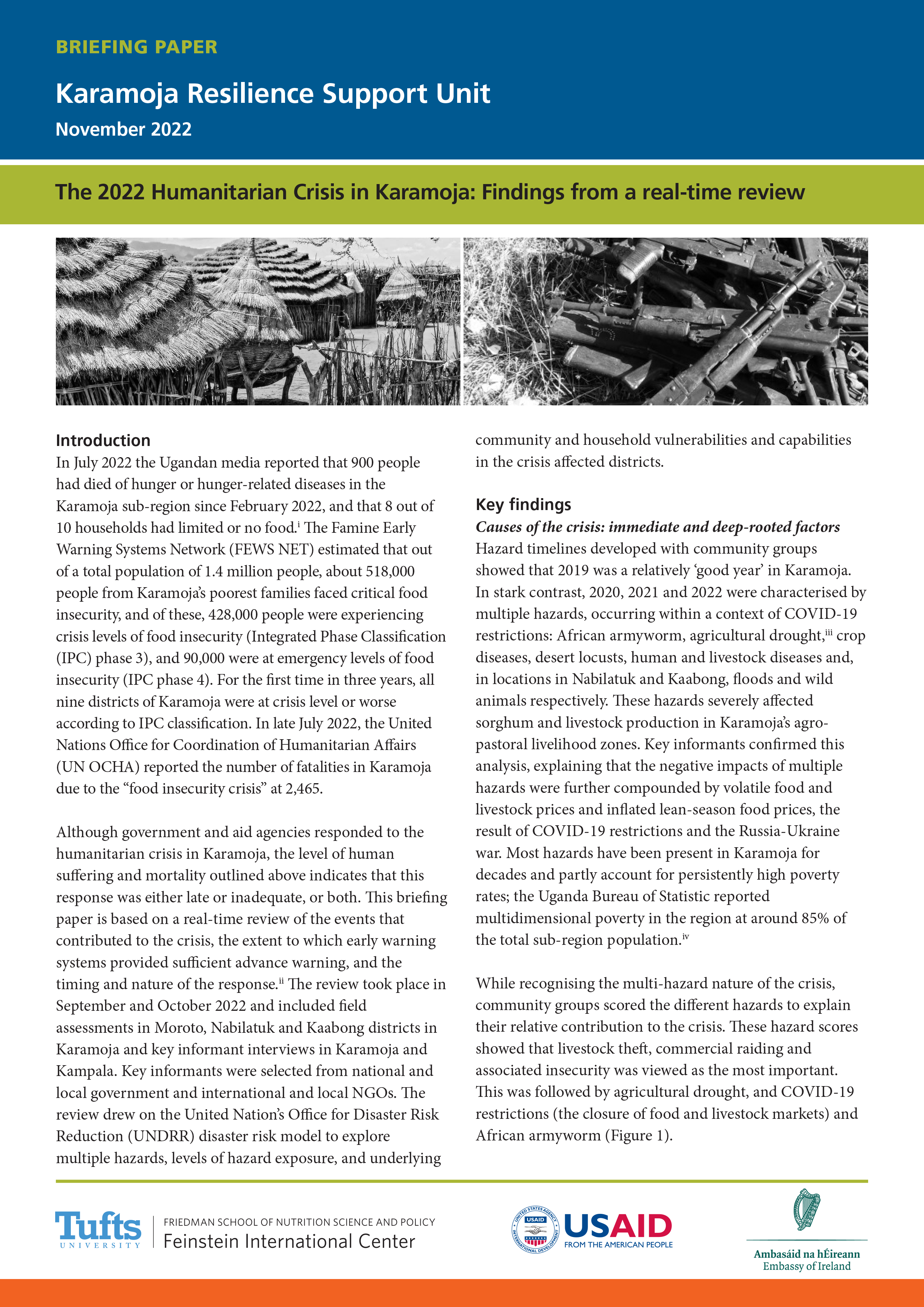
The 2022 Humanitarian Crisis in Karamoja: Findings from a real-time review
In July 2022 the Ugandan media reported that 900 people had died of hunger or hunger-related diseases in the Karamoja sub-region since February 2022, and that 8 out of 10 households had limited or no food.i

Food Security, Nutrition, and Conflict Assessment in Karamoja, Uganda
In mid-2020, the Karamoja Resilience Support Unit (KRSU) conducted a rapid assessment that described the impact of COVID-19 containment measures on rural livelihoods in Karamoja (Arasio et al. 20201). The assessment also forecast how disease restrictions would affect livelihoods over the following six to eight months (into early 2021). The initial assessment examined household wellbeing during COVID-19 relative to a normal (good) and bad (drought) year in Karamoja’s three main livelihood zones, represented by Amudat District (predominantly pastoralist but with some emerging crop production), Moroto District (predominantly agropastoralist), and Abim District (with high dependence on crop production, but also using livestock).
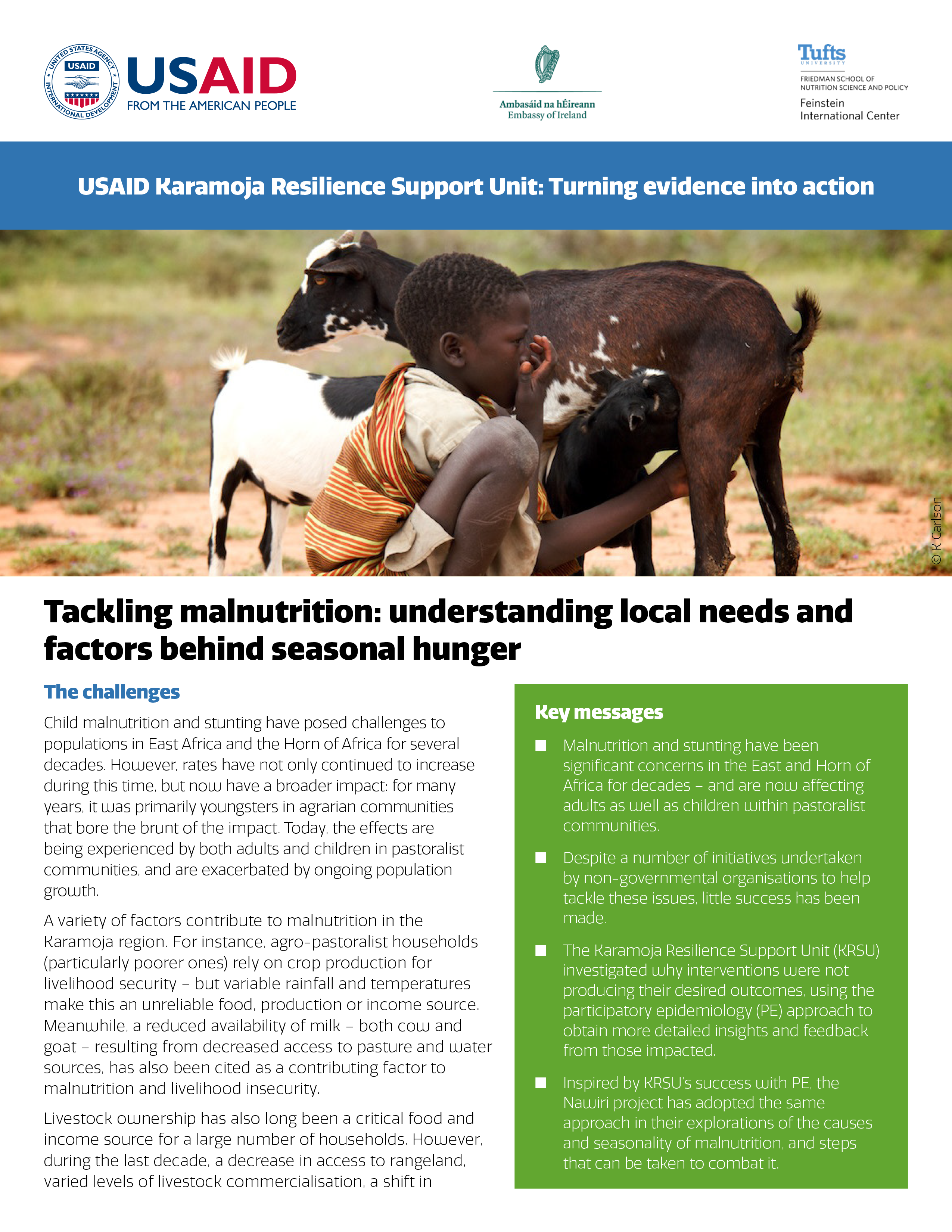
Tackling malnutrition: understanding local needs and factors behind seasonal hunger
Child malnutrition and stunting have posed challenges to populations in East Africa and the Horn of Africa for several decades. However, rates have not only continued to increase during this time, but now have a broader impact: for many years, it was primarily youngsters in agrarian communities that bore the brunt of the impact. Today, the effects are being experienced by both adults and children in pastoralist communities, and are exacerbated by ongoing population growth.
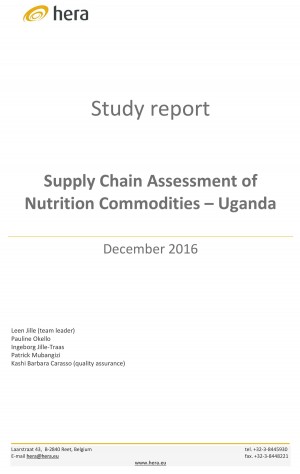
Supply Chain Assessment of Nutrition Commodities
The objectives of this study are to i) map the current (parallel) supply chains for nutrition commodities; ii) provide recommendations for a more harmonized, effective and efficient supply chain of nutrition commodities in Karamoja specifically; and iii) develop a national strategy for phased effective integration of nutrition commodities that have been managed separately from the mainstream supply chain.
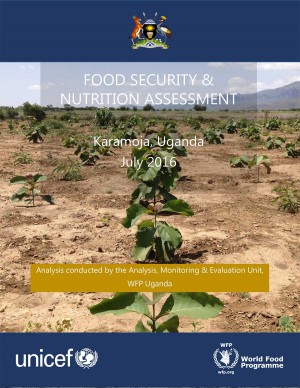
Food Security and Nutrition Assessment
Overall food security classification shows that half of the population in Karamoja (50%) is food insecure, of which 12% were found to be severely food insecure.
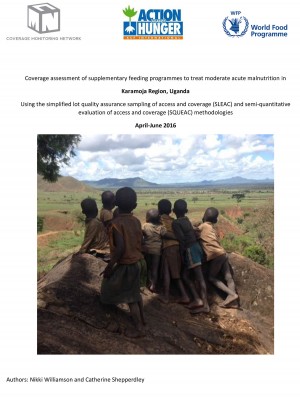
Coverage assessment of supplementary feeding programmes to treat moderate acute malnutrition in Karamoja Region, Uganda
In 2016, the World Food Programme (WFP) engaged ACF International to conduct an assessment of both supplementary feeding programme (SFP) for the treatment of moderate acute malnutrition (MAM) and the outpatient feeding programme (OTP) for the treatment of severe acute malnutrition (SAM).
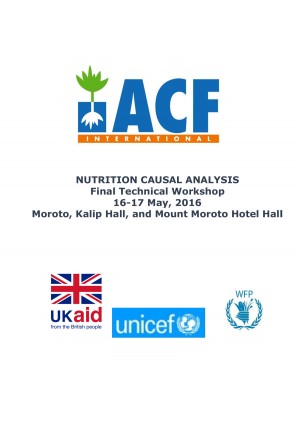
Nutrition Causal Analysis
The purpose is to go beyond generic interventions by identifying really context-specific causes in order to propose adequate solutions. The seasonality of under-nutrition can for example be very different from one livelihood zone to another. A Link NCA is not a statistical demonstration of nutrition causality that can be generalized at a national level.
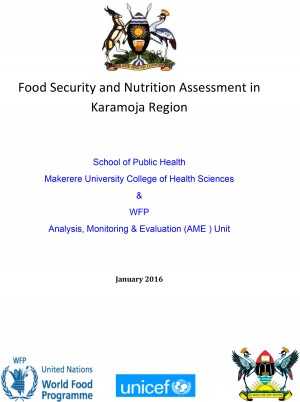
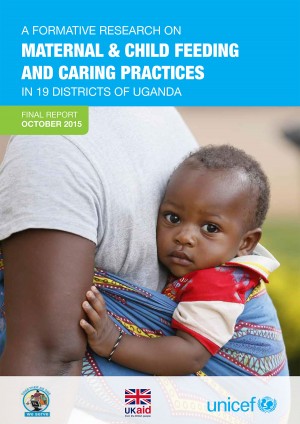
Maternal and Child Feeding and Caring Practices
The formative study aimed to identify and gain an appreciation of existing knowledge, attitudes, practices (KAP) and beliefs that community members have regarding nutrition practices. It also sought to establish challenges (barriers) mothers face regarding adequate nutrition practices; what would make mothers start employing adequate nutrition practices (triggers and enhancers) and; incentives within the mothers’ immediate social environment that possibly trigger adequate and appropriate nutritional practices.
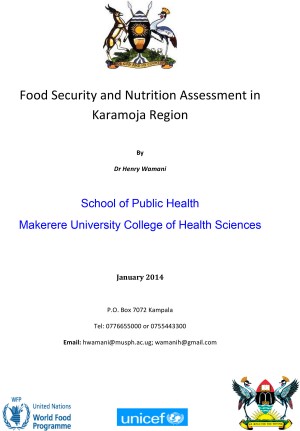
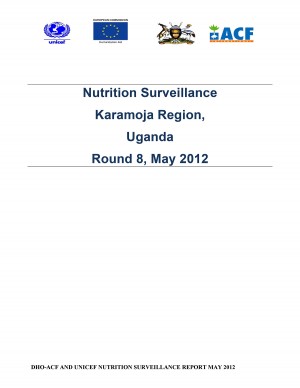
Nutrition Surveillance Data Analysis Karamoja, Uganda December 2009-May 2012
Between December 2009 and May 2012, the District Health Office with support from ACF-USA implemented a UNICEF-funded nutrition project to reduce child mortality through strengthening the capacity of the Ministry of Health in detection and treatment of acute malnutrition in Uganda. One of the expected results of this project was to have a functional nutrition surveillance system established and strengthened in six districts within Karamoja region (Kaabong, Abim, Kotido, Moroto/Napak, Nakapiripirit, and Amudat).

Nutrition Surveillance Data Analysis (December 2009-May 2012)
The nutrition surveillance system was implemented by conducting regular surveys (multi-stage cluster sampling methodology), three times a year at the same time of year (May, September and December), collecting data on key anthropometric, health, food security and livelihoods and WASH indicators. By May 2012, by the end the District Health Office with support ACF-USA had conducted eight rounds of nutrition surveillance surveys and reports shared with stakeholders. This report presents the results of the meta-analysis of the eight surveys combined, creating a sample of 17,696 children under 5 years of age and 13,973 households.
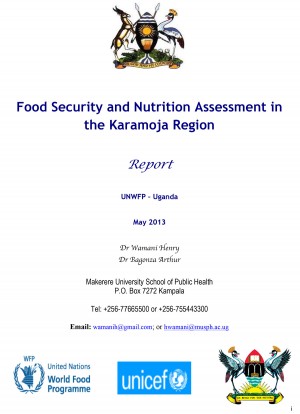
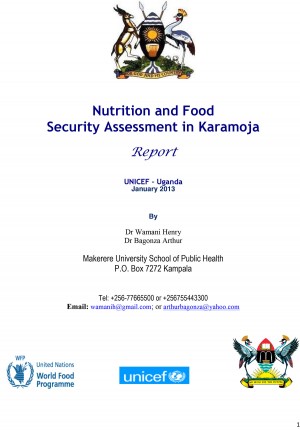
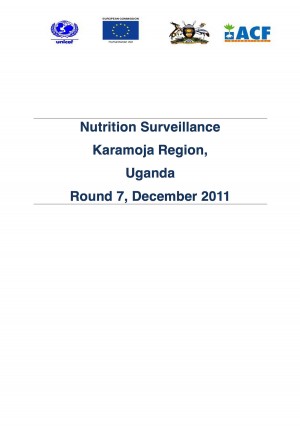
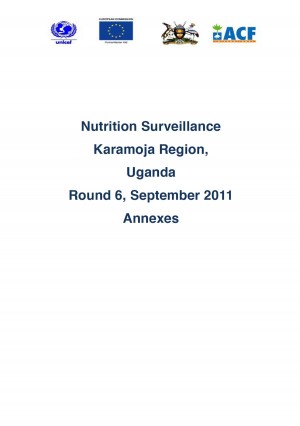
Nutrition Surveillance Karamoja Region, Uganda Round 6, September 2011 Annexes
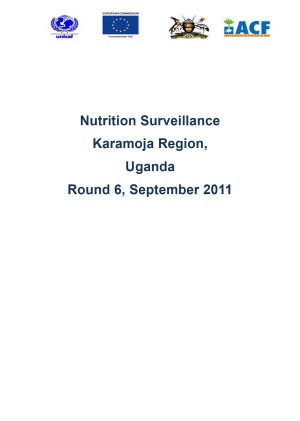
Nutrition Surveillance Karamoja Region, Uganda Round 6, September 2011
The sixth round of nutrition surveillance in Karamoja region was conducted through August/September 2011 in collaboration with District Health Offices (DHOs). Data were collected from 15-19/08/2011 in south Karamoja (Nakapiripirit, Amudat and Moroto/Napak) and from 31/08/2011-5/09/2011 in North Karamoja (Abim, Kaabong and Abim).